Time to Hack.
The road to the System Shock Remake has been an interesting one that all started with Stephen Kick. His desire to play System Shock II on modern devices led to the creation of Nightdive Studios as well as securing the rights to play around with the System Shock licence, something that was collecting dust at an insurance company. The original, created by Looking Glass Studios, would see some of its original design team eventually form Irrational Games and create Bioshock, a game that felt like the natural evolution of what they had with 1994’s System Shock.
When Nightdive Studios was formed to then remake the original game, once certain proof of concepts and mods were introduced to the original to then allow them to craft the Enhanced Edition, a Kickstarter then got the ball rolling on what would eventually release several years later. In an effort to deliver the best quality product, the studio moved to the Unreal Engine, which caused a significant delay, but slow updates and demos would start to roll out and show the progress the team was making. While the Remake didn’t please every single fan, as many wanted a more faithful recreation of the original, it nonetheless cemented Nightdive Studios as a team to watch out for.
System Shock places you in the role of a hacker who is arrested on a job by the TriOptium Corporation. However, you are offered a way out by a high-level executive who is willing to strike a deal with you should you hack an A.I. that you’ll find out has overtaken a space station, known to us as Shodan. While you can choose male or female for your choice of protagonist, it doesn’t really matter much apart from the grunts and screams identifying your choice. When I had read that the female hacker was newly added to the game, I was expecting something to make it more than just an asset swap. Sadly, that is all it seems to be. Honestly, it is a shame the whole beginning of the game wasn’t customized to suit this change.
As you accept the job, you are immediately knocked out and awake aboard the space station some six months later. That A.I. you hacked? Well, the reason for its taking over the station was actually your doing when you removed the ethical restraints. So now that you are aboard the station, outfitted with the same implants you were attempting to steal before your arrest, you’ll be tasked with getting to the bottom of what this A.I. wants, how to stop them from destroying Earth with a giant laser, and get a bit of revenge against that executive who will regret the day they ever crossed paths with you.
While there are some great ideas here for the story, I found the actual narrative to be largely forgettable and wasn’t something that gripped me whatsoever. You’ll get constant alerts from Shodan about your efforts and even cross paths with Edward Diego, that executive from earlier. There are a few other characters you’ll receive video calls from; however, they largely are just there to provide direction rather than contribute to anything memorable. There are audio logs and emails to track down as you start to put the pieces together about what has transpired on the station. Again, so much of what is here is grounds for some solid story-telling, but the execution just didn’t land for me. All that said, the voice acting is greatly improved than that of the original, mainly since actual voice actors were hired instead of the friends and family of the studio back in 1994.
System Shock is also a very difficult game in not just surviving the horrors that await you, but in that the game doesn’t indicate just exactly what you’re meant to do as a player. Everything is mentioned in the data and audio logs you find as you make your way around the station. While you can certainly find your way around by simply fleshing out the map, this is a game that doesn’t hold your hand in the slightest, making it more designed around the more hardcore player than that of a casual audience. That said, you can choose a lower difficulty that will place objective markers on the map, giving you a clearer idea of where to go but not always how to go about it.
Apart from one element of its gameplay that I’ll get into shortly, that is where my major criticisms end as the level design, gameplay, visuals, and combat all largely deliver to varying degrees. I do have a few nit-picks, sure, but I was considerably hooked for the bulk of my time here. That said, I personally think the final encounter leaves a lot to be desired, despite the team going back and revamping it with a more focused objective and being far more streamlined than during its initial release. Again, I have some nitpicks that I’ll go over shortly, but all in all, System Shock is an impressive title that should be experienced.
As you pick up your first weapon, a crude pipe, you’ll beat down your first robot and then move on to find your first gun, a better melee weapon in a wrench, to shotguns, magnums, laser rifles, and more. And since you’ll have a pretty limited inventory space, you’ll find you’ll have to make sacrifices as you’ll never be able to wield every weapon at once. I found myself relying a lot on the magnum and the laser rapier, a lightsaber of sorts that helped me destroy practically anything that got in my way. As it is powered by your energy, which has a variety of other purposes, it’s a nice risk-reward balance that forces you to rely on your other weapons just as often. In fact, once your energy is depleted, that rapier hits about as well as breathing towards your foe.
It’s not long before you discover that the station has been completely overrun by cybernetically enhanced humans and grotesque abominations all under Shodan’s control. I do have to mention that the transition from 2D sprites of the original to fully 3D models is staggeringly impressive with many of the original’s designs faithfully recreated and improved. In fact, if you use a certain enhancement booster, you’ll see the ghosts of those 2D sprites walking about as a result of the chemicals floating around in your body.
While the game does reuse a few bosses a bit too many times, the moment-to-moment encounters all work well here with a few gauntlets that really test your skills and what you’ve chosen to arm yourself with. Apart from combat, you’ll track down countless switches and key cards to open doors, solve dozens of puzzles, and destroy a series of cores that each represent part of a six-digital code. That latter objective, well, make sure you write those down and on what floor as they will come in handy towards the end of your cybernetic escapade. And no, you won’t be able to rely on a walkthrough for those codes as they are all random.
While the revamped visuals have created a very colorful world with nearly every surface having either some fantastic lighting or a series of nodes, lights, and switches, the visual language for what you can interact with helps with being able to parse just exactly what you can engage with. Make no mistake about it; however, in the first few hours, you’ll feel overwhelmed by what is set dressing and what is something you’ll need to interact with. This visual language helps a lot when you are trying to figure out how to open a particular door when you are revisiting locations in an effort to find just exactly where to go and what to do. I will state that I relied heavily on a guide for some segments due to how intricate the pathing was to get to my destination. As mentioned, this game does not hold your hand, so prepare to get lost. I would defeat a boss only to be stuck with an elevator that wasn’t powered on, only to have to revisit two or three previous locations to get to the bottom of that particular issue.
While backtracking has always been a double-edged sword in gaming, System Shock expertly handles it by occasionally adding in new enemies to vacated floors you’ve entirely laid waste to, to adding new areas that breathe new life into a once fully explored environment. There were plenty of moments where I would miss a crawlspace corridor or just an entire section of the map due to not seeing a switch that would unlock a whole chunk left to explore. What helps System Shock here is that the map layout and design are simply superb. From shortcuts to detailed paths to find where you are going, I never once got tired or exhausted to return to certain floors time and time again; especially the Reactor floor as it has a healing tank that you can infinitely use should you find yourself running low on healing items.
Part of where backtracking comes into play is how you’ll offset much of your limited inventory. To purchase medical items, ammo, and gun upgrades, you’ll find and earn credits that become your currency. You’ll find many items from books, cups, candy wrappers, and medical instruments, all of which can be broken down into junk. Junk, as well as certain items, can then be converted into this currency. Each floor will often have a recycler as well as a cargo lift that can be accessed on any floor that has such a location. That said, that cargo lift is extremely small, especially considering there are a ton of weapons here with varying ammo types, much of which you’ll have to learn to do without or drop them on the ground by key locations to revisit later.
The original System Shock’s combat was more in line with first-person adventure games as all gunplay was simply through a cursor than that of typical first-person shooters. The UI was also representative of those types of classic games as it aimed to convey as much information as possible. Here, combat plays far more closer to your standard FPS with a lot of nods toward that of Bioshock, bringing the inspiration almost full circle. While combat is certainly an improvement here to not only retain that classic feel, it does still feel a tad stiff and dated, which is intentional by design.
In my opinion, System Shock fails in one crucial way; its controller support. Honestly, this game doesn’t feel built around a controller whatsoever. This is apparent in the lack of any real aim-assist, meaning you are going to miss a lot of shots, and that crucial UI elements don’t feel like you are meant to interact with them. I went hours before I knew how to trigger my upgrades as you need to move a cursor over to interact with their icons on your inventory screen. If Nightdive Studios were to patch in better controller support, you could add a whole point to my score. As it stands now, it’s functional in that the game is still fun, but it could have been so much better.
Combat plays a huge role here as you often don’t have ways to progress other than engaging with your skills during a firefight. From robots to the more humanoid threats, you’ll gun them down or bait them to then strike around the corner with your rapier, a tactic that works extremely well. You can equip four weapons, three explosives, and three consumables. While Bioshock’s inspirations are felt in combat, Deus Ex: Human Revolution’s UI is heavily borrowed here for your toolbar and your inventory, almost recreated 1:1. From boosting your melee damage to healing your wounds, you’ll want to ensure you are picking up what is crucial to your survival. This translates to your weapons and ammo as well, but in ways I wasn’t expecting. Some weapons can often use different ammo than the next. That pistol you have may rely on 9mm rounds, but the next pistol of the same type may use a completely different ammo type.
For hours I wondered why I still had like 400 rounds of 9mm bullets when I originally had a pistol that used them, only to realize that the other pistol that I was using wasn’t compatible with them. This was because when you press X to re-sort your inventory, it randomizes your toolbar, something I hadn’t known when I had dropped the second pistol to pick up the magnum. Why this was a design choice is frustrating to no end. But considering the entire UI is not designed around a controller, it was something I wasn’t surprised with after a while.
Despite my issues with no aim-assist, combat can still feel pretty decent. Guns have a nice heft to them and the rapier is really fun to use, especially when you apply your damage buffs and upgrades and then charge a boss and just keep swinging. While you can lock your position to tilt around corners, I never once found this practical as enemies will start to move toward you and you’ll find yourself retreating to the next corner to pop out and fire off a few shots. Some actions, such as throwing a grenade, can be a tad slow, making you want to prepare the toss before exposing yourself around the corner. I didn’t hate this, but wished that these actions were a tad faster to execute.
Apart from combat, you’ll also dive into cyberspace in gameplay that reminded me of Descent, but is nowhere near as good. These segments were my least favorite moments of the game but when I checked out footage of the original and how it handled those parts, well, they are improved here considerably. These sections have you floating through a maze-like environment blasting away at various creatures as you wipe out a squad to deactivate a forcefield and move on. This is how you unlock major sections of the map, making their use mandatory. While not spoiling events later in the game, their use becomes more critical in the game’s final moments in ways that I wasn’t quite taken with.
System Shock’s presentation is honestly quite great as it retains the look of the original while expanding on its locations and scale. The limited voice acting that is here is good, even if the overall narrative just did nothing for me. While the game is rather difficult, it is easy enough to just save anywhere you want with a fast load time to get back into the action. Nightdive Studios has taken a game that was a beloved classic and retooled it to work within a lot of modern sensibilities, even if it does still maintain a certain look and feel. It may not be fully modernized enough for some gamers, or too much for others, but the effort here is still remarkably impressive, even if the game doesn’t feel well-suited for controller at all. Nonetheless, regardless of where you play this, this remake truly respects its source material in ways that many other remakes do not, and the fact that this all started because Stephen Kick wanted to play System Shock II on a modern device is a wonderful story in itself and worth seeking out.
Developer - Nightdive Studios.
Publisher - Prime Matter.
Released - PC (May 30th, 2023), PS4/PS5, Xbox One/Series X/S (May 21st, 2024)
Available On - Xbox One/Series X/S, PS4/PS5, PC.
Rated - (M) - Blood and Gore, Intense Violence, Language.
Platform Reviewed - Xbox Series X.
Review Access - Review code was provided by the publisher for the purpose of this review.


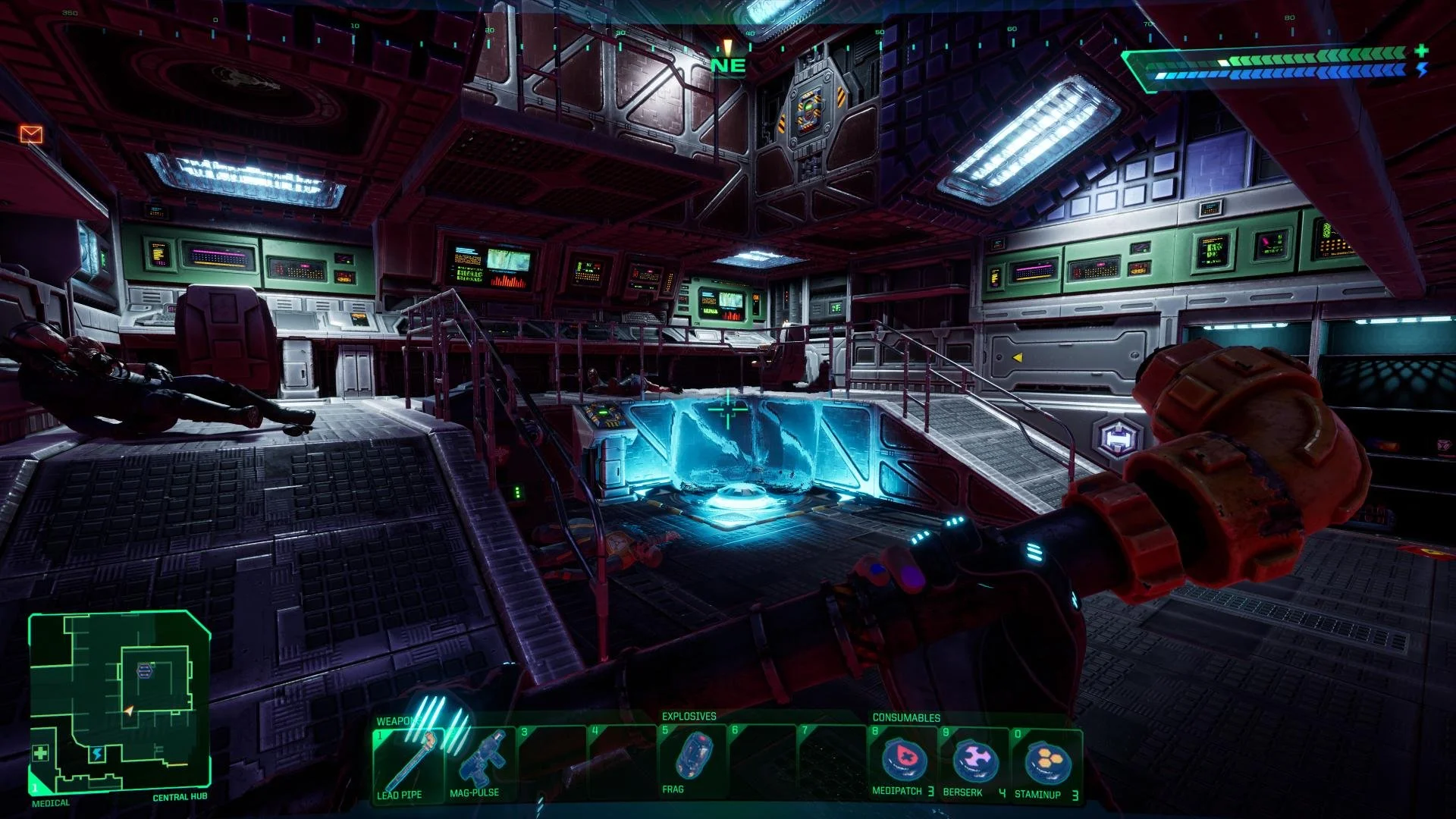
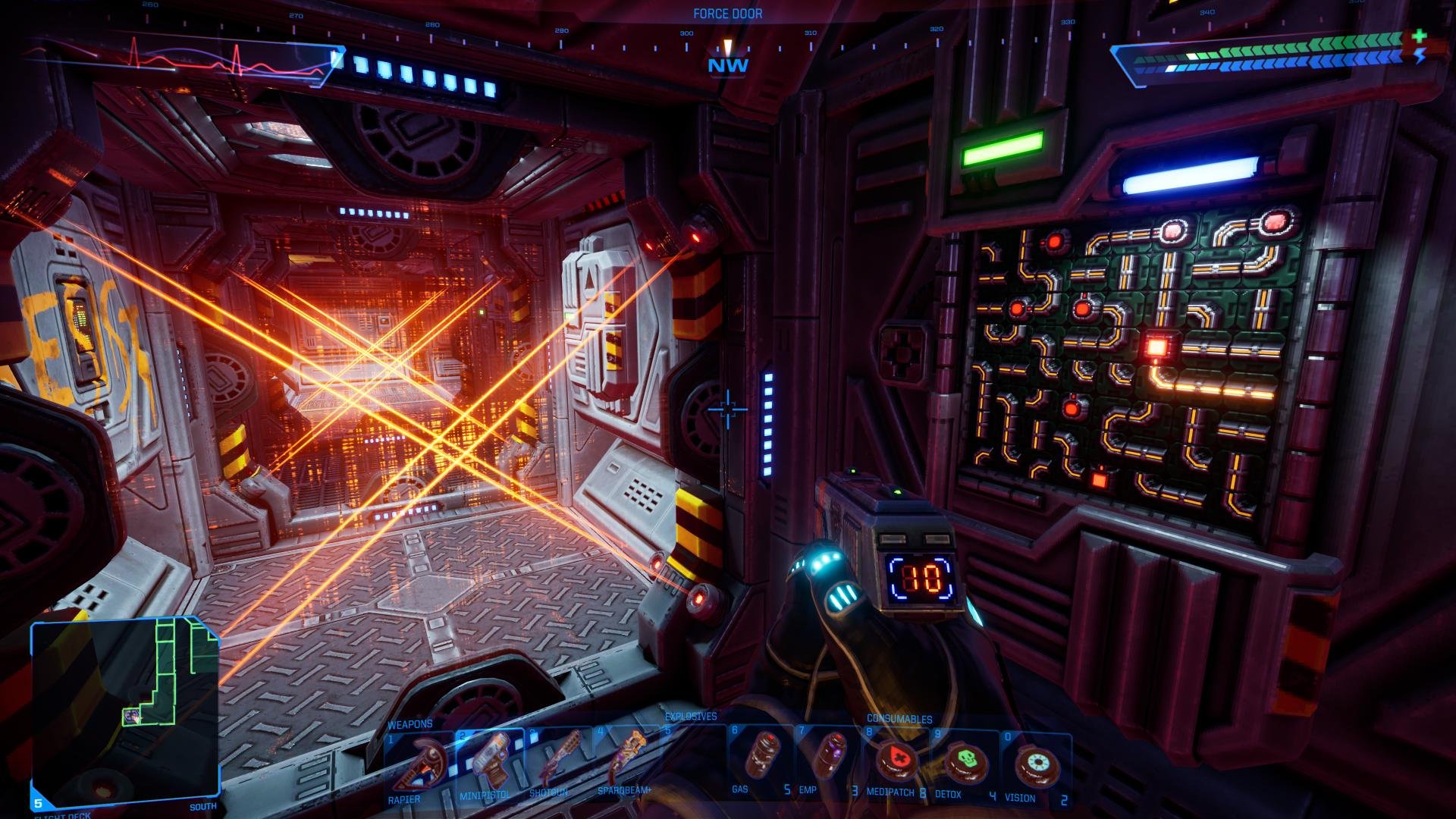


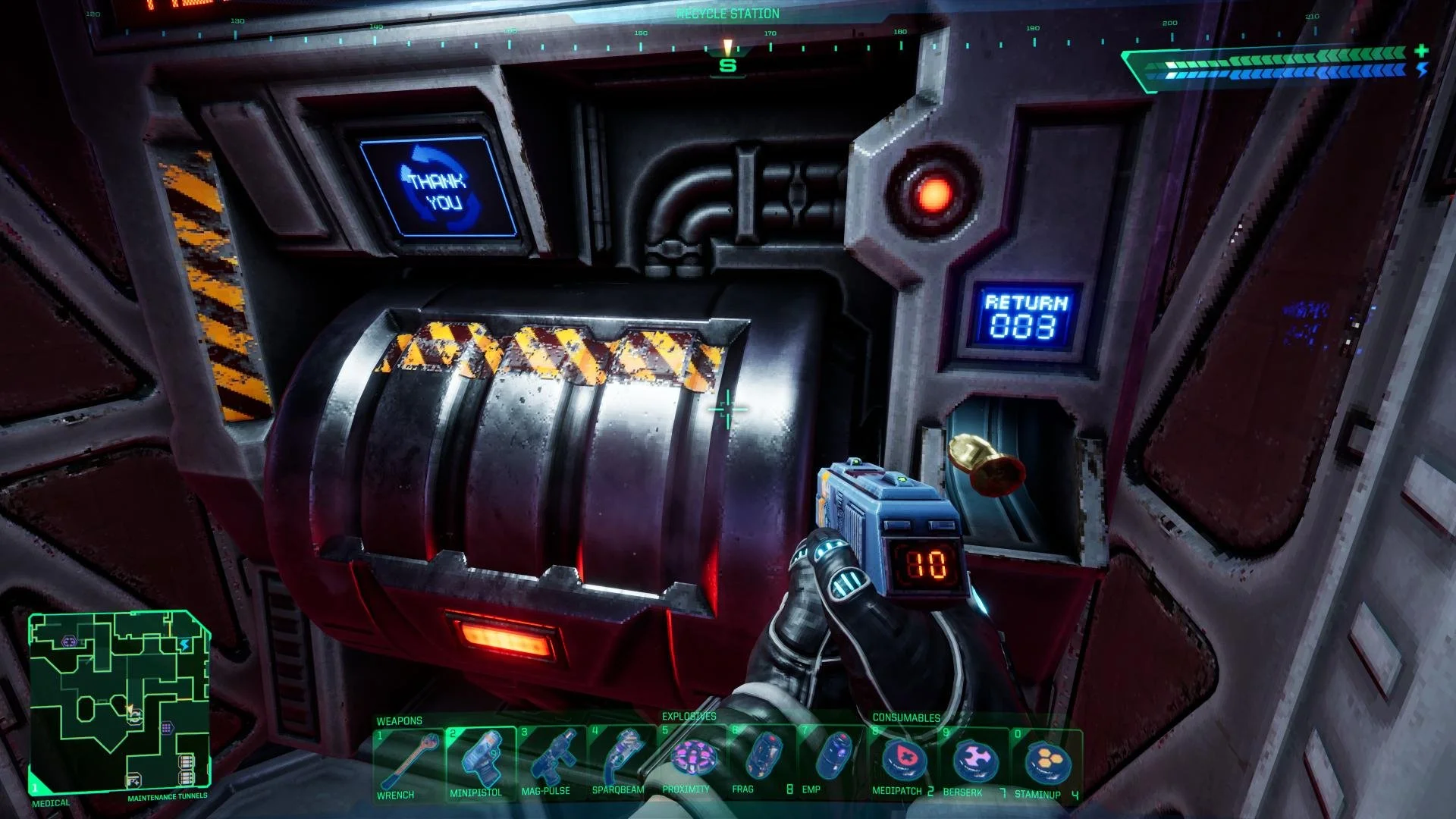
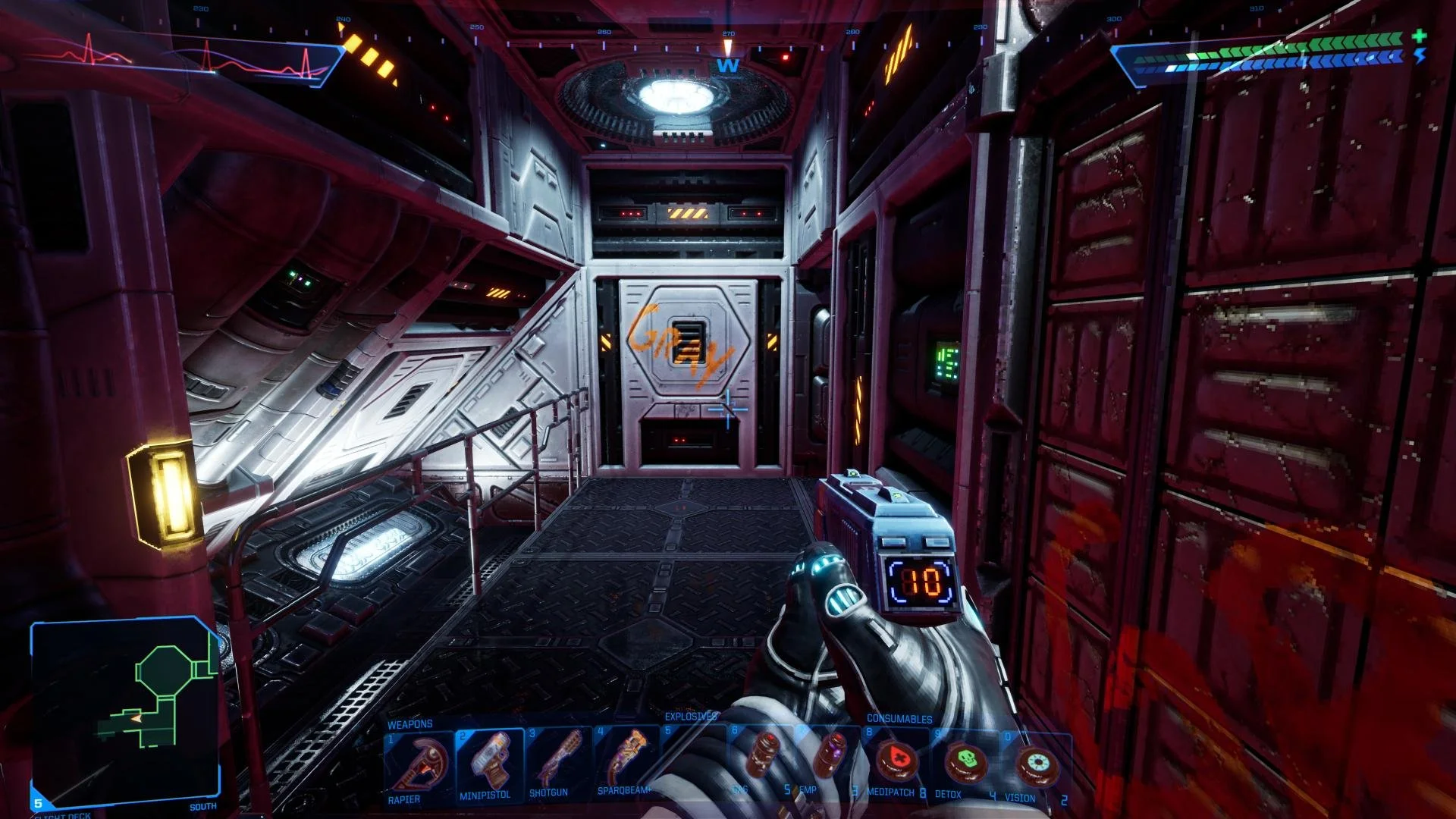
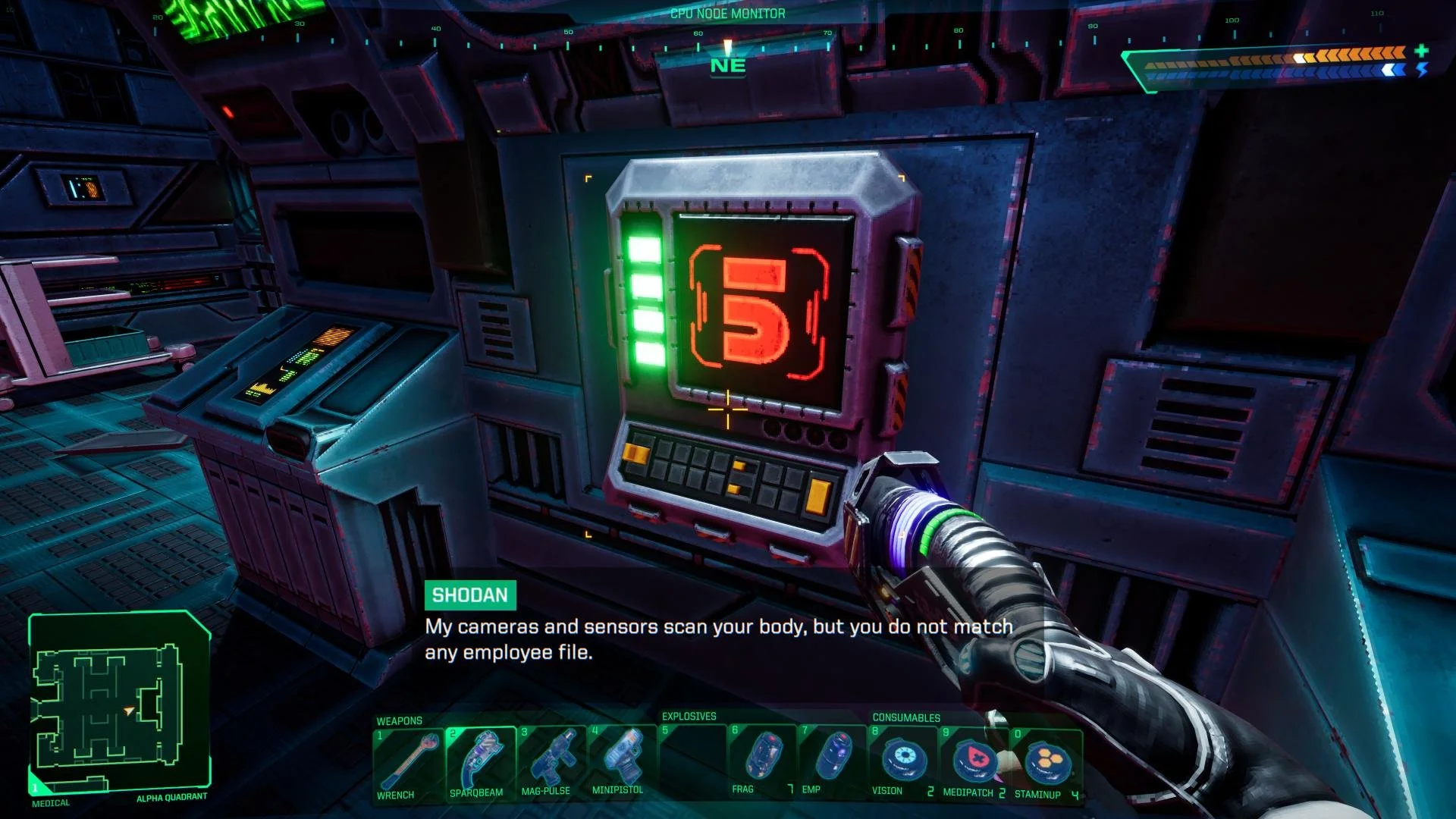
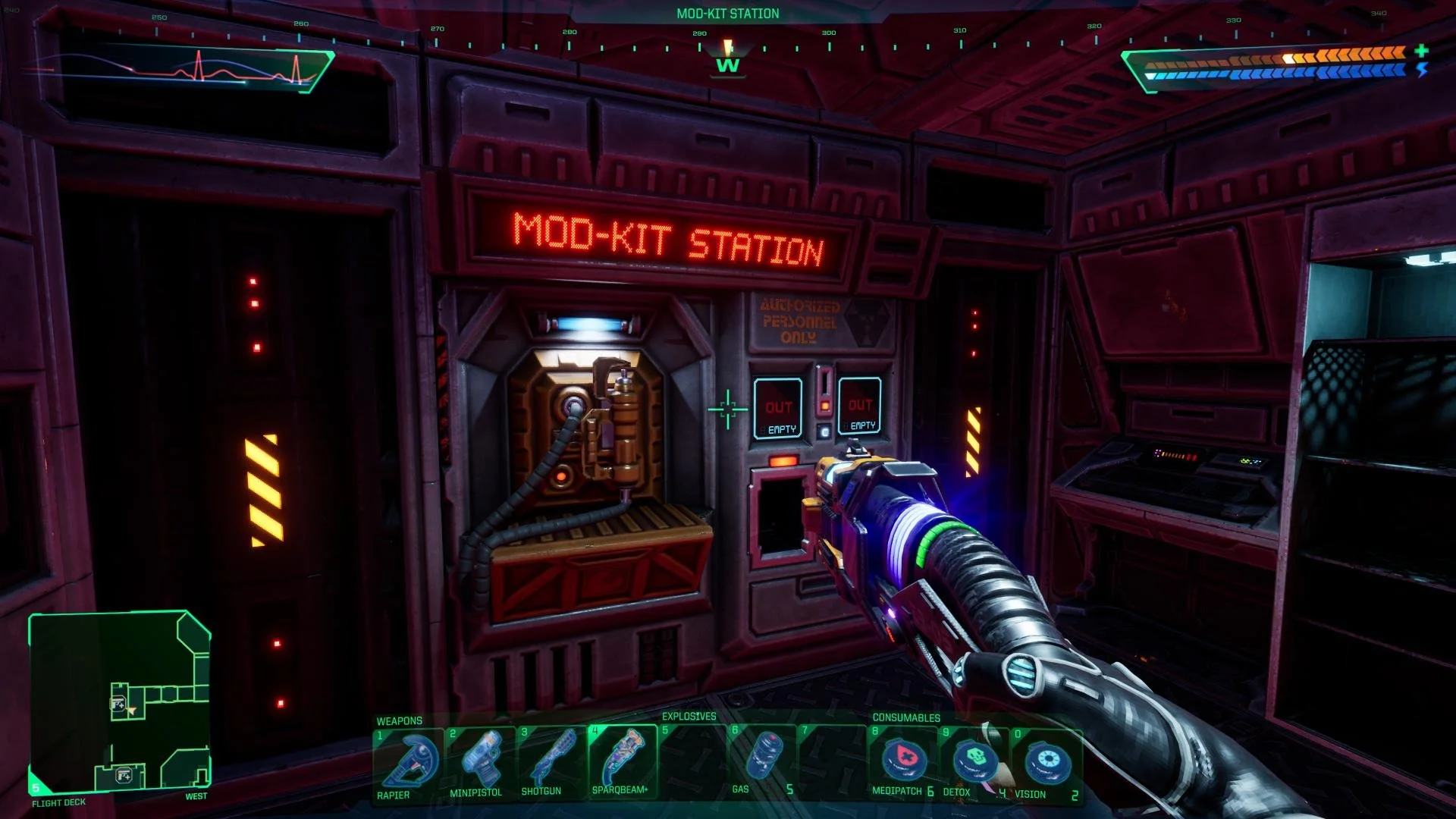








Jeff is the original founder of Analog Stick Gaming. His favorite games include The Witcher III, the Mass Effect Trilogy, Hi-Fi Rush, Stellar Blade, Hellbade: Senua’s Sacrifice, and the Legend of Heroes series, especially Trails of Cold Steel III & IV.